Optimal Timing for Shed Repairs
Shed repairs are most effective when performed during periods of mild weather, typically in spring and early fall. These seasons offer optimal conditions for maintenance, allowing materials to dry properly and reducing the risk of weather-related delays. Timing repairs during these periods can extend the lifespan of the shed and minimize disruptions.
Spring is ideal for shed repairs due to warmer temperatures and increased daylight, which facilitate thorough inspections and repairs after winter.
Performing repairs in fall prepares the shed for winter, preventing issues caused by snow and ice accumulation.
Summer can be too hot and humid for effective repairs, potentially affecting materials and work conditions.
Winter repairs are generally discouraged because cold temperatures can hinder material application and curing processes.
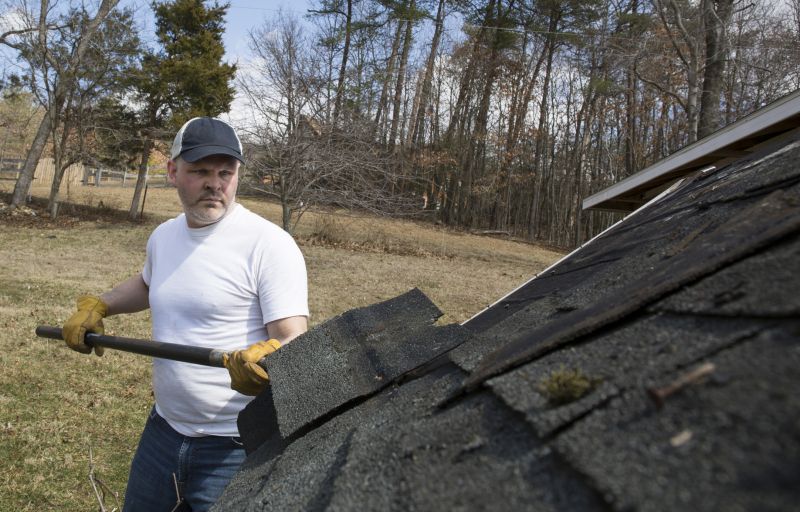
A worker inspecting a shed during spring, with clear skies and mild weather.
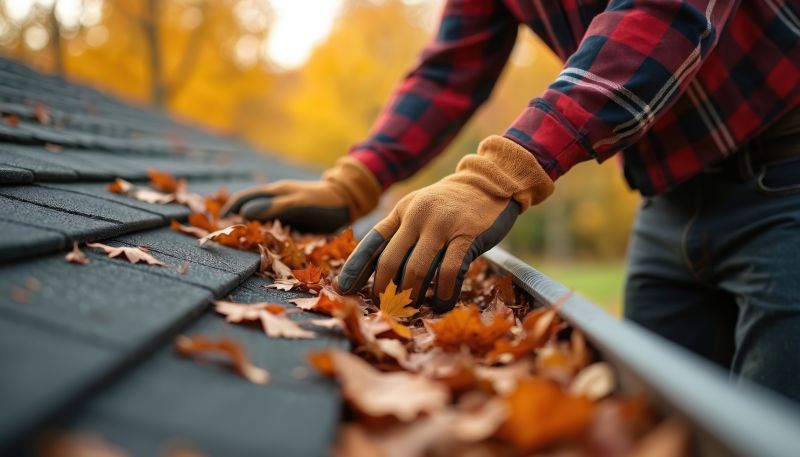
A person applying repairs on a shed in autumn, surrounded by fallen leaves.
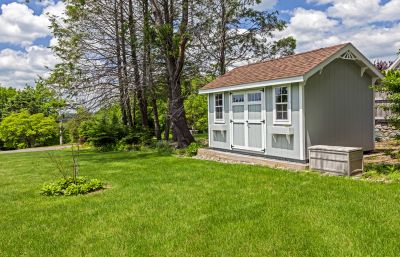
Tools and materials being used on a shed during a hot summer day.
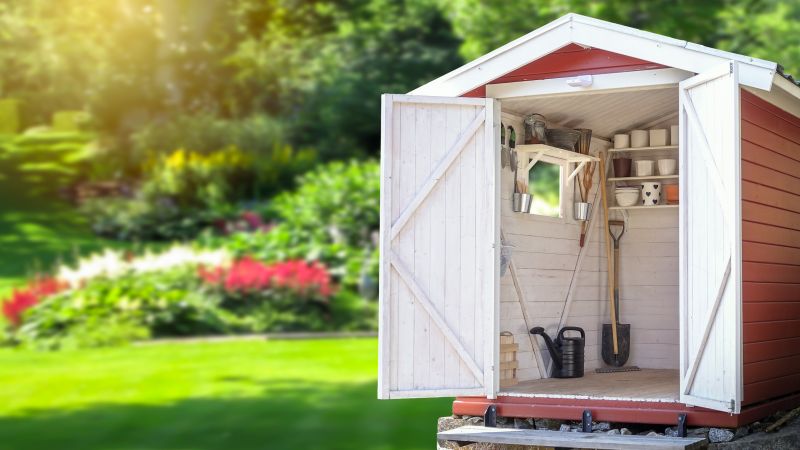
Ways to make Shed Repairs work in tight or awkward layouts.
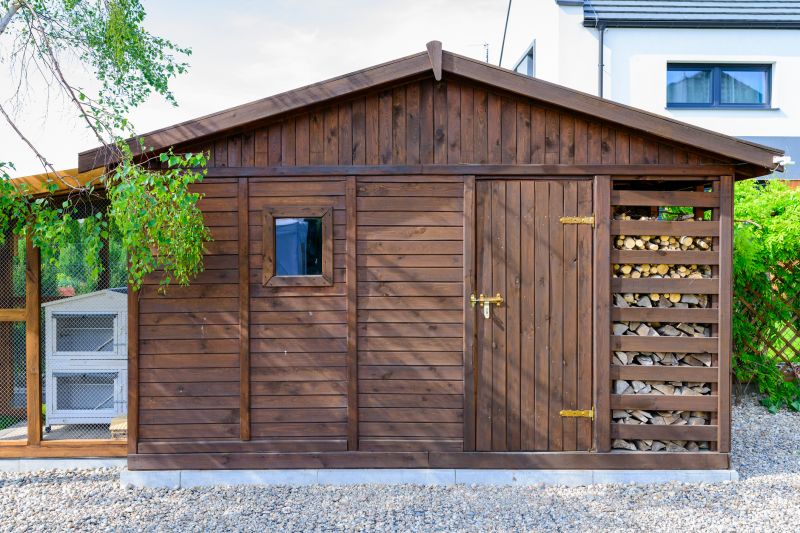
Popular materials for Shed Repairs and why they hold up over time.
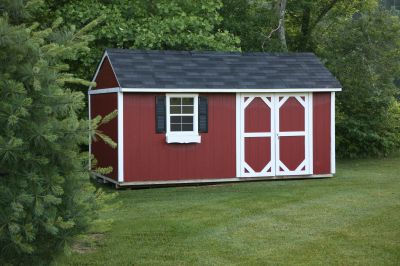
Simple add-ons that improve Shed Repairs without blowing the budget.
| Season | Optimal Repair Conditions |
|---|---|
| Spring | Warmer temperatures, longer daylight, ideal for repairs after winter. |
| Summer | Hot and humid, less suitable for repairs due to material curing issues. |
| Fall | Cooler temperatures, prepares shed for winter, good for maintenance. |
| Winter | Cold and often wet, generally not recommended for repairs. |
Shed repairs encompass a variety of tasks including roof fixes, wall repairs, door adjustments, and foundation stabilization. Proper timing ensures that repairs are durable and effective, reducing the need for frequent future fixes. Regular maintenance can prevent minor issues from escalating into significant damage, saving costs over time.
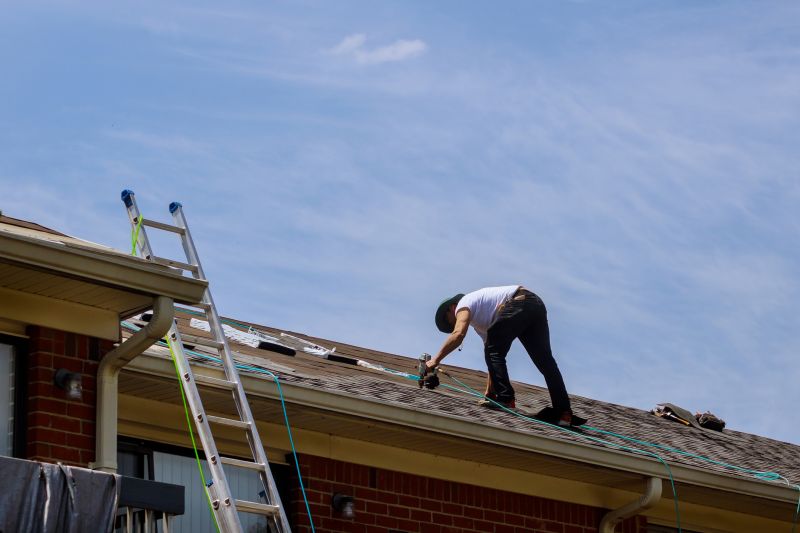
A worker replacing shingles on a shed roof.

Reinforcing or replacing damaged shed walls.
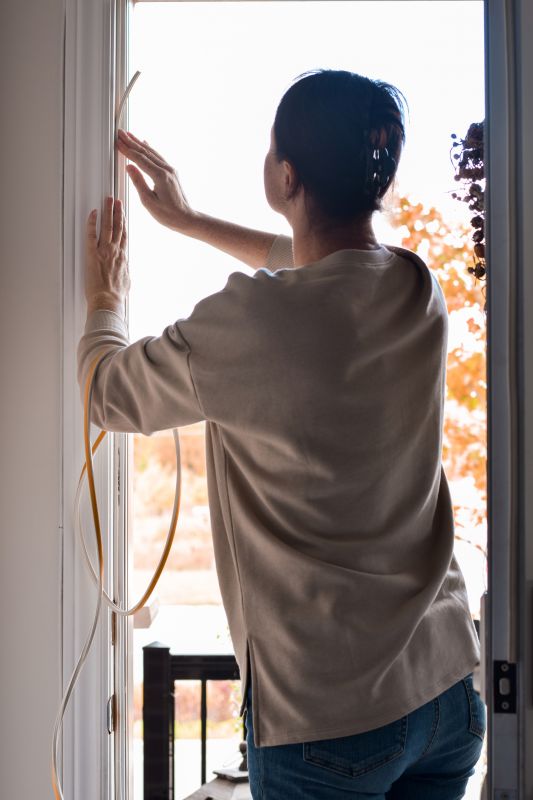
Aligning a shed door for proper operation.

Leveling a shed foundation to prevent structural issues.

High-end options that actually feel worth it for Shed Repairs.
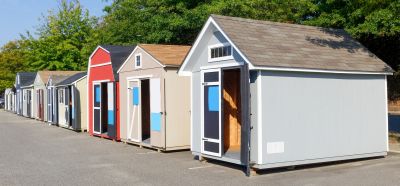
Finishes and colors that play nicely with Shed Repairs.
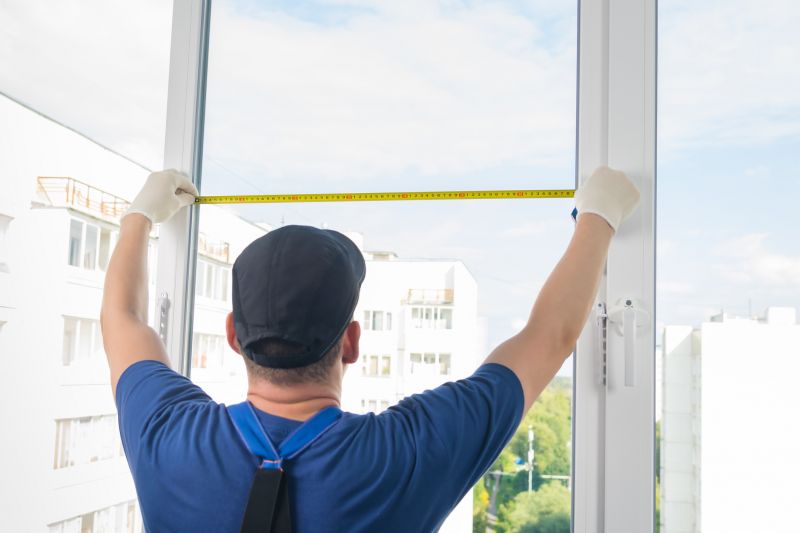
Little measurements that prevent headaches on Shed Repairs day.
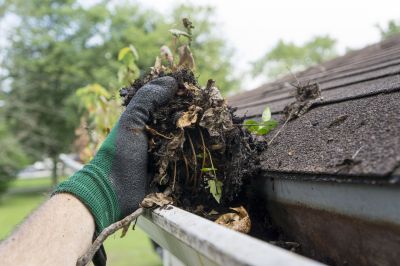
A 60-second routine that keeps Shed Repairs looking new.

A frequent mistake in Shed Repairs and how to dodge it.

Small tweaks to make Shed Repairs safer and easier to use.
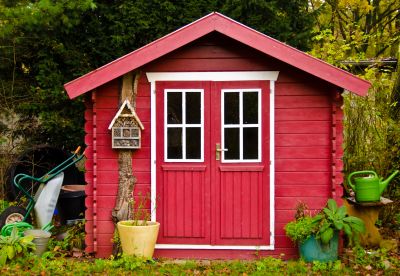
Lower-waste or water-saving choices for Shed Repairs.
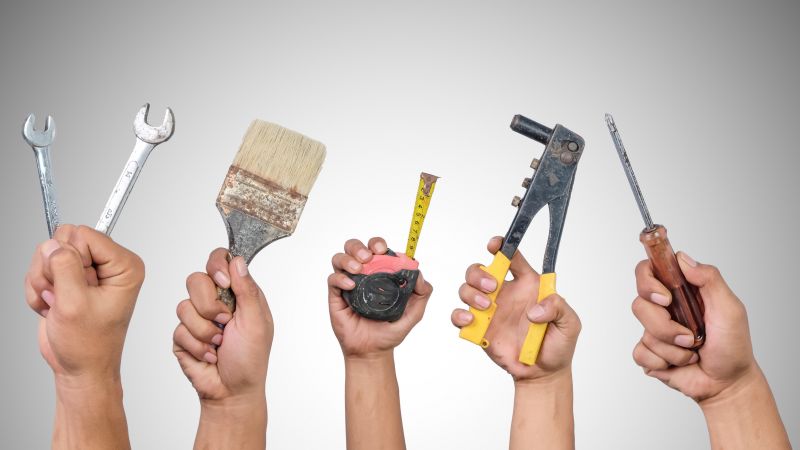
The short, realistic tool list for quality Shed Repairs.
Timely shed repairs can significantly extend the life of a structure, improve safety, and maintain property value. It is advisable to schedule inspections and repairs before adverse weather conditions set in, ensuring that the shed remains functional and secure.
Regular inspections help identify issues early, allowing for timely repairs that prevent costly damages.
Choosing appropriate materials for seasonal conditions enhances repair durability.
Consulting with shed repair specialists ensures proper techniques and long-lasting results.
Routine upkeep reduces the likelihood of major repairs and prolongs shed lifespan.
Interested in shed repairs? Filling out the contact form can connect property owners with experienced professionals ready to assist with timely and effective maintenance solutions.
